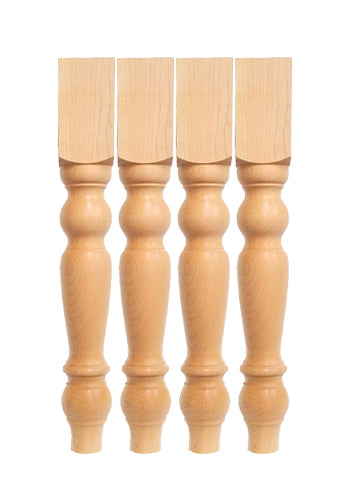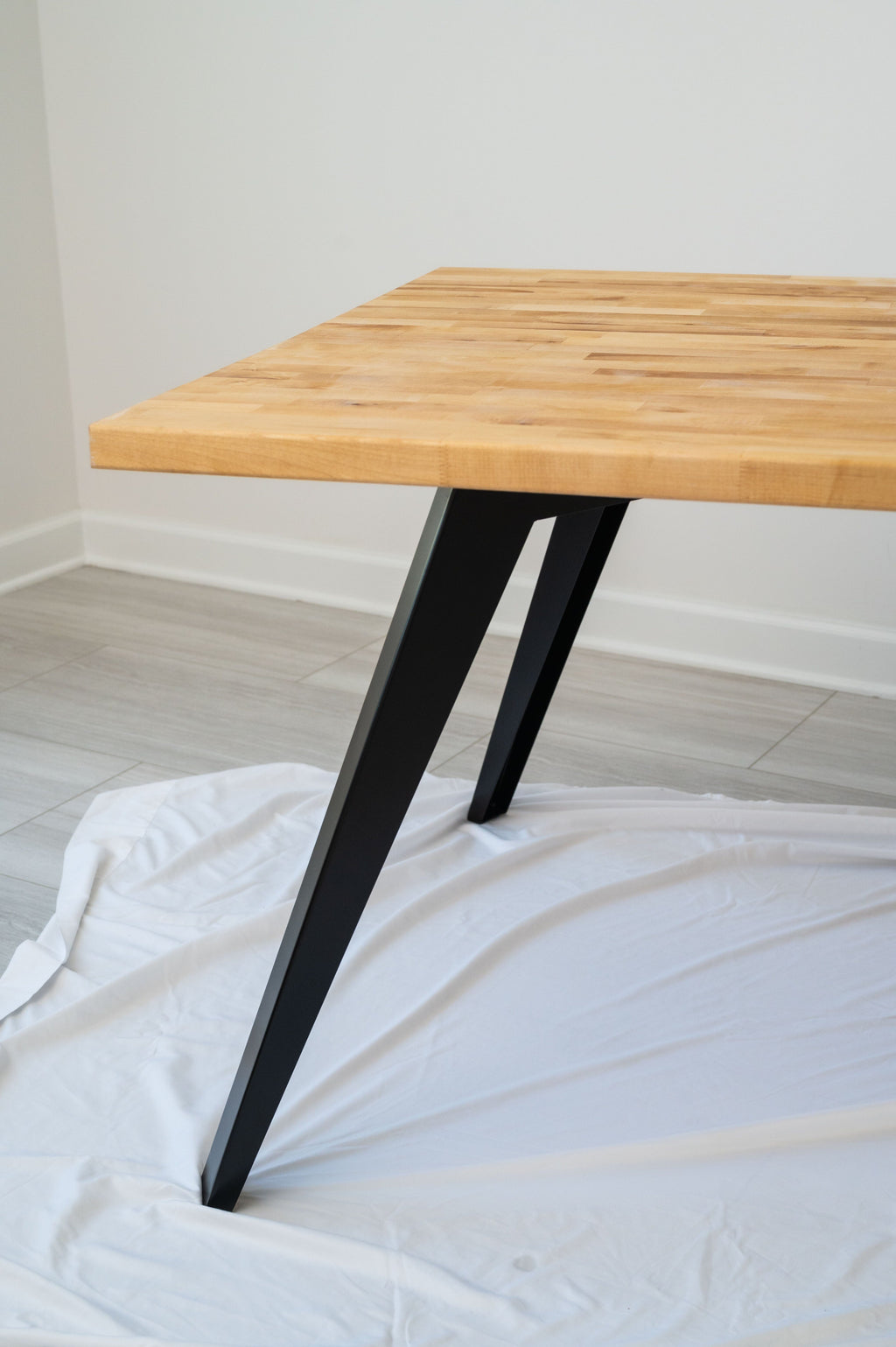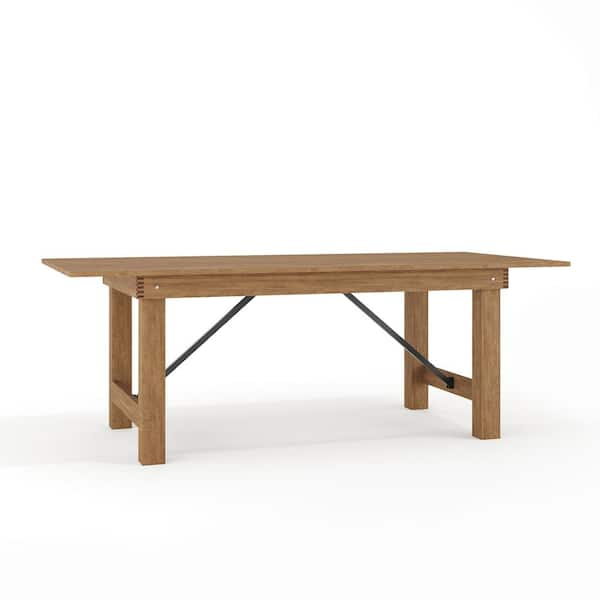Discovering the Different Kinds of Dining Table Legs Timber for Your Dining Room
The option of eating table legs wood can exceptionally affect both the practical and aesthetic top qualities of your eating room. Solid wood choices, such as oak and walnut, give a classic look with unrivaled longevity, while engineered wood alternatives provide ingenious layouts that resemble the splendor of all-natural grains.
Strong Timber Options

Additionally, strong wood is renowned for its toughness and longevity. Unlike engineered materials, strong timber is much less vulnerable to bending and damages with time when properly maintained. This makes it an excellent selection for families or those who frequently host celebrations. Each item of strong wood is special, showcasing private attributes that include to the beauty and personality of the table.
In addition, strong wood can be finished in many methods, varying from all-natural oils to discolored surfaces, allowing property owners to personalize their furnishings to match their decor. In recap, picking solid wood for eating table legs not just makes sure structural integrity yet additionally improves the visual allure of the eating area, making it a rewarding financial investment for any type of home.
Engineered Wood Alternatives

Plywood, built from multiple layers of wood veneer, is particularly solid and stable, making it a superb choice for dining table legs. Its layered structure enables it to hold up against modifications in moisture and temperature much better than typical strong timber. MDF, on the other hand, provides a smooth surface area for painting or veneering, making it possible for developers to attain a polished look while keeping structural integrity.
Particleboard, commonly utilized in economical alternatives, provides suitable toughness and is light-weight, making it simpler to deal with. It may not be as resilient as plywood or MDF. When selecting engineered wood choices, it is important to think about the desired usage and wanted visual. These products not only boost the functionality of eating spaces yet additionally permit for better style adaptability, making sure that conventional and contemporary designs can exist side-by-side sympathetically.
Reclaimed Wood Includes
Redeemed wood provides an unique blend of sustainability and personality, making it a significantly popular selection for dining table legs. Sourced from old barns, manufacturing facilities, and other frameworks, reclaimed timber symbolizes a background that brand-new materials simply can not duplicate. Each item brings its own tale, marked by unique flaws, knots, and differing grain patterns, which add to a table's distinct visual allure.
In enhancement to its visual charm, recovered wood is an eco-friendly option. By repurposing formerly utilized materials, it minimizes the demand for brand-new lumber, hence aiding to conserve woodlands and reduce waste. This lines up with a growing consumer preference for sustainable methods in furniture.
Additionally, redeemed timber is often more long lasting than freshly harvested wood as a result of its age. The natural drying procedure that reclaimed wood undertakes lead to a denser and stronger material, making it much less susceptible to bending and splitting. This improves the longevity of dining tables, allowing them to endure the rigors of daily use.
Softwood vs. Hardwood
When picking dining table legs, recognizing the differences in between softwood and hardwood is essential for attaining both aesthetic and practical goals. Softwoods, stemmed from coniferous trees, such as pine and cedar, are defined by their lighter weight and ease of manipulation. They typically exhibit an even more rustic appearance, making them ideal for informal or country-style eating spaces. Softwoods are usually less resilient than hardwoods, which can be a consideration for families or those looking for long life in their furniture.
On the various other hand, woods, sourced from deciduous trees like cherry, oak, and maple, are renowned for their density, strength, and toughness. The complex grain patterns and abundant tones of hardwoods provide a classic and advanced charm, making them suitable for official dining settings. While woods often tend to be much more pricey and heavier, their resilience versus deterioration typically validates the investment.
Inevitably, the choice in between softwood and hardwood for dining table legs ought to line up with your design vision, usage demands, and budget plan, making sure that your dining area shows your individual style while continuing to be practical with time.

Finishes and Treatments
The visual appeal and durability of eating table legs can be significantly boosted via various surfaces and therapies. These processes not only secure the wood from damage however also raise its look, permitting it to complement varied interior designs.
One usual treatment is tarnishing, which passes through the wood and enhances its all-natural grain while adding color. Stains provide a rich, stylish appearance, making it possible for home owners Look At This to match their furnishings with existing style. On the other hand, clear finishes such as polyurethane or varnish develop a protective layer without altering the wood's initial tone, making certain resilience against wear and tear.
Additionally, all-natural oils, like tung or linseed oil, nurture the timber and provide a refined shine, all while being green. These oils permit the surface to take a breath, protecting against dampness buildup and potential warping.
For those looking for a rustic charm, troubled or weather-beaten finishes can be put on produce an aged look, adding personality to the piece. Ultimately, the choice of therapies and coatings depends on personal choice, preferred aesthetics, and the particular timber type, making it vital to consider these elements when choosing table legs for your area.
Conclusion
Finally, the selection of table leg materials substantially affects both the functional and aesthetic elements of a dining area. Strong woods, engineered options, and redeemed options each offer unique benefits, providing to various preferences and requirements. Recognizing the distinctions between hardwoods and softwoods, together with ideal coatings and treatments, allows for informed decision-making. Ultimately, the option of wood type must straighten with wanted style, toughness, and ecological considerations, enhancing the overall dining experience.
The option of dining table legs wood can profoundly influence both the visual and practical high qualities of your eating room - Dining Table Legs Wood. Strong wood choices, such as oak and walnut, provide a classic look with her response unrivaled longevity, while crafted timber options offer cutting-edge layouts that simulate the splendor of all-natural grains. Strong wood supplies an ageless quality that can elevate helpful resources the overall design of an eating area. Each item of solid timber is one-of-a-kind, showcasing private attributes that add to the beauty and personality of the dining table
Furthermore, reclaimed timber is commonly a lot more resilient than freshly gathered wood due to its age.